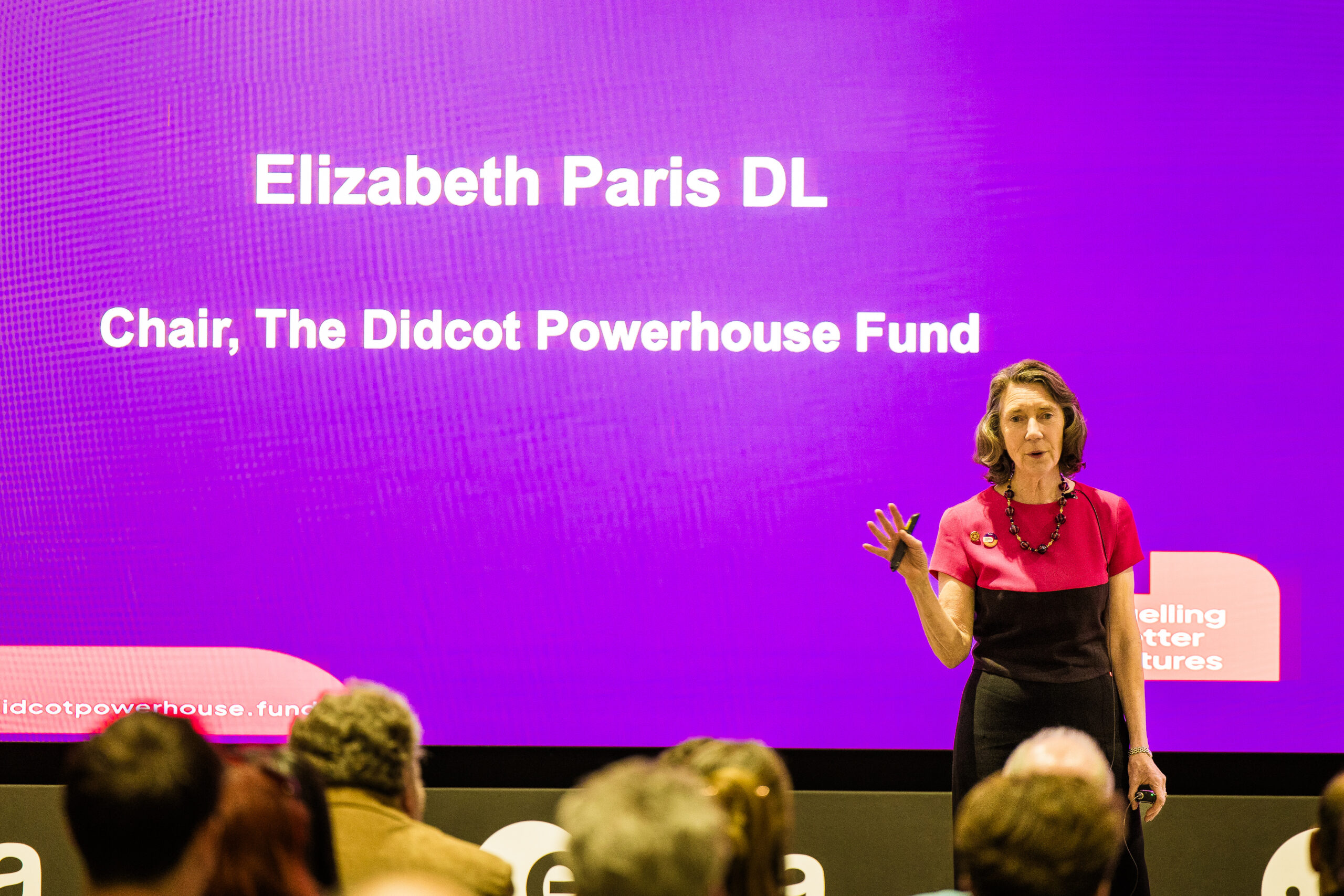
Harwell’s Energy Tech Cluster grows at pace to meet net zero challenge
Emma Southwell-Sander, Harwell’s Energy Tech Cluster Manager shares her views on tackling the climate challenge through diverse coalitions and living labs to achieve a faster transition.
The science behind the climate challenge is clear. We need to address the crucial question – how can science and innovation help us to make the transition to net zero, faster?
Innovation, at scale and at pace, is at the core of addressing this emergency. As the report that we’ve partnered with Tech Nation to create today shows, the world is responding. We are seeing huge growth in investment in new energy solutions. Low carbon energy is becoming a bigger and bigger part of the energy mix. We have the scientific foundation to produce clean energy in a range of ways. Progress is being made. But the gap between that foundation and where we need to be remains formidable.
Today’s report also shows how challenging it is for energy-tech organisations to scale – the ‘valley of death’ for energy tech innovation is a wide one. At Harwell Science and Innovation Campus I’m lucky to work with some of the world’s smartest clean energy scientists, technicians and innovators. Our fast-growing energy tech cluster is one of the largest in the UK, and has grown from 19 organisations in 2018 to over 80 today. The cluster includes major government initiatives like the Faraday Institution, ‘big science’ facilities like the ISIS neutron and muon source, start-ups like QDot and multinationals like Ricardo.
Based on my experience in the Harwell cluster and in two decades of working for leading science and tech orgs in the US and the UK I think there are two crucial factors that will help more clean energy tech initiatives to succeed and to scale, faster.
1. Deep tech thrives on collaborative advantage
The complexity of taking an energy tech breakthrough in the lab into daily use at scale is breathtaking. And even the largest energy company will struggle to assemble the technical, political, legal and financial expertise to meet this challenge. Collaboration – between sectors, between organisations and between investors – is key. This doesn’t mean that competition isn’t a vital part of driving results – it is – but getting clean energy to where it needs to be by 2030 doesn’t allow for business as usual.
Clusters, a concept pioneered by the legendary Harvard professor Michael Porter are a key part of the decarbonisation solution – they help to connect the best ideas, translate across different technical languages (jargon is the enemy of cooperation) and build collaborative connective tissue. Clusters operate at multiple levels – regions like Oxfordshire and places within them like Harwell Campus where a critical mass of different players creates progress at pace. The Harwell Cluster Model actively brings people together in multiple ways to accelerate progress and support companies to thrive. It is amazing to connect leading academics to innovative start-ups to large companies and see the innovation that comes from diverse expertise and experience.
2. Living labs are the cure for ‘pilotitis’
It’s a phenomenal achievement to progress tech from the laboratory into scaled up clean energy – this video on a Harwell supported hybrid flight initiative is a great example. Progress in the lab is necessary, but not sufficient. We need to move these breakthroughs to day-to-day use at pace. Sadly, too many energy tech ‘proof of concepts’ are set in artificial environments too dissimilar from the real world contexts they will be applied in. These types of trial create results which can’t then be applied in the real world – they suffer from ‘pilotitis’.
To address this challenge at Harwell, we take a ‘Living Lab’ approach. This takes advantage of the size and space of the campus (which is the size of the City of London) to test new technology in real world environments. We work closely with key stakeholders like UK Research and Innovation and Oxfordshire County Council to test technologies like sodium-ion battery storage in a microgrid, a green ammonia fuel cycle, or an autonomous EV shuttle bus.
Today’s announcement of a new Living Lab project, where three scaling SMEs – AMTE Power, Brill Power and Starke Energy – are joining forces to demonstrate new, innovative energy storage products, is another example. Three new technologies will be proved at a battery energy storage system which will be integrated with a solar array. This is the first time that these technologies are being deployed in a commercially relevant project.
The unprecedentedly rapid development and manufacture of multiple COVID-19 vaccines is an example of what science and innovation can achieve by breaking down silos, working in partnership and not settling for the status quo. The strategy of the Energy Tech cluster going forward is to grow collaborative advantage and enable faster scale up for a wider and wider range of organisations. I’m excited that the campus is playing a part in tackling this generational challenge, and can’t wait to see the difference our brilliant community will make.


